A museum right in the centre of London is one you’d expect to be open a lot and packed with visitors – but there’s a rather specialised one that’s only open a few hours a week. So, a short walk from Baker Street tube station and past the long queues for Madame Tussauds, you’ll find the Royal Academy of Music.
And if you turn up on a Friday, you can visit its museum.
It’s a modest museum that’s part collection of historically important instruments and part teaching resource for the Academy, and visiting proved an unexpected challenge.
My initial thought on walking from Baker Street is that this cream-clad building is the Academy. After walking around several times and trying all the doors while spying signs for the museum in the glass door, a staff member told me the entrance is next door.
In the much larger and, in hindsight, far more obvious building.
Whoops.
Sign in at the desk, and you go downstairs to a connecting tunnel that links the two buildings, then back up several floors (or take the lift) to the museum.
What you have is two large rooms on two floors, with collections of stringed instruments in one, and arguably strung instruments on the second, in the form of keyboard instruments. And as this is a school, you’re likely to have your visit accompanied by the students downstairs rehearsing, or maybe as I had when leaving, they might wander around between classes singing anyway.
Most of the instruments on display are important in the development of the instrument, and even if you don’t know much about the history, the explanatory signs are detailed and informative. I can’t say I remembered much of the specifics, but at least I appreciated the development of the instruments and their long heritage.
Probably their prize item in the collection is a violin, but not just any violin, but a Stradivarius – the Viotti ex Bruce Stradivari violin – which is also prized for its unusually good condition. Candidly, had the sign not been there, I doubt I’d have ever guessed its importance, but there’s still something alluring to stand in front of something that musicians worship.
Oh, and don’t miss the wonderful scale model of the academy buildings in the corner, which shows how the buildings are but the tip of a much larger estate underground.
Upstairs is a room full of keyboard instruments, mainly pianos and harpsicords, and just as downstairs, it shows the evolution of the instrument and the many changes over its history.
Possibly the oldest is a Polygonal Virginal, that is about 400 years old, alongside a modern Clavichord based on a much older design. There are a lot of pianos in here, and while there are lots of signs not to play them, if you arrange it, they will let suitable people use them as was happening on my visit, which was accompanied by unexpected live music performance.
Eventually, a very happy pianist leaves after expressing her excitement at having been allowed to use the instruments.
Obviously, there’s a Steinway piano, the most famous of brands, but also much more usefully, the explanatory sign explains why the pianos are so good, and it’s all down to how they make the case.
A few models show how pianos work in a corner, next to the workshop where repairs are carried out, and don’t miss the map showing how central London was once full of instrument manufacturers.
As a museum, even if you don’t know much about the instruments, the detailed explanatory signs make it a fascinating place to visit and learn something you’re unlikely to learn anywhere else.
Musical sorts will probably love the museum.
The museum is open to the public only on Fridays between 11am and 6pm, and is free to visit.
Just make sure you use the correct entrance.

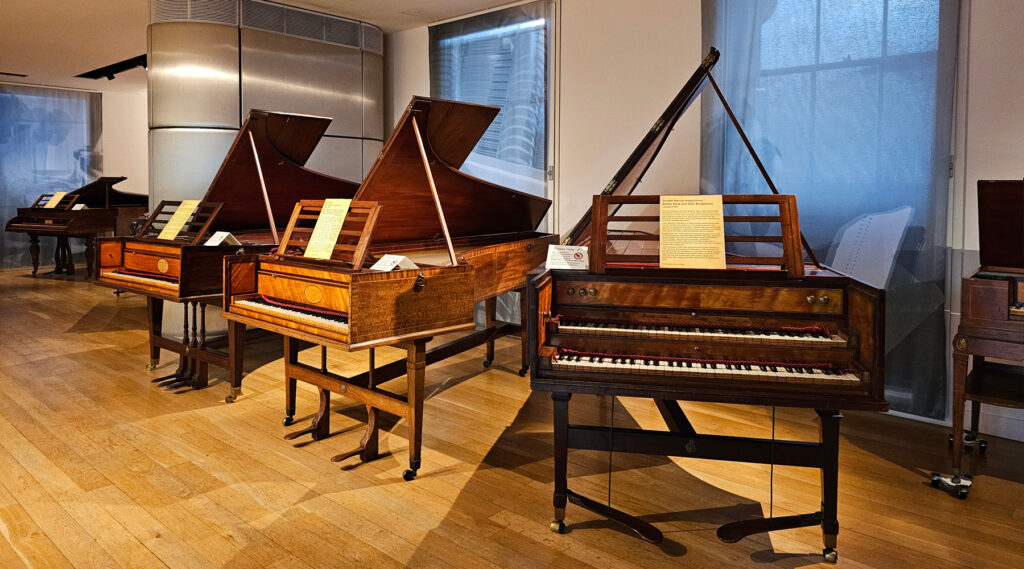
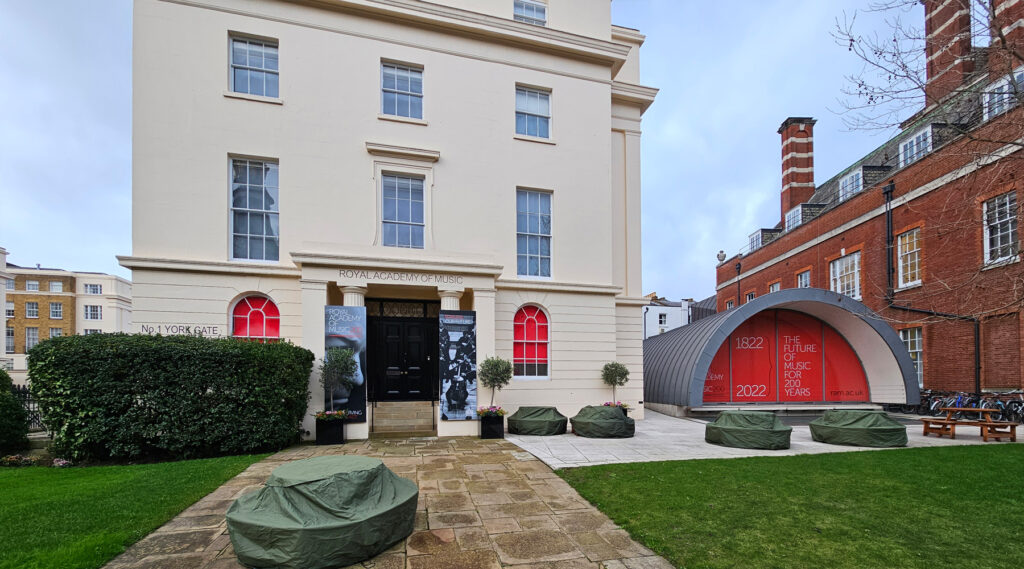
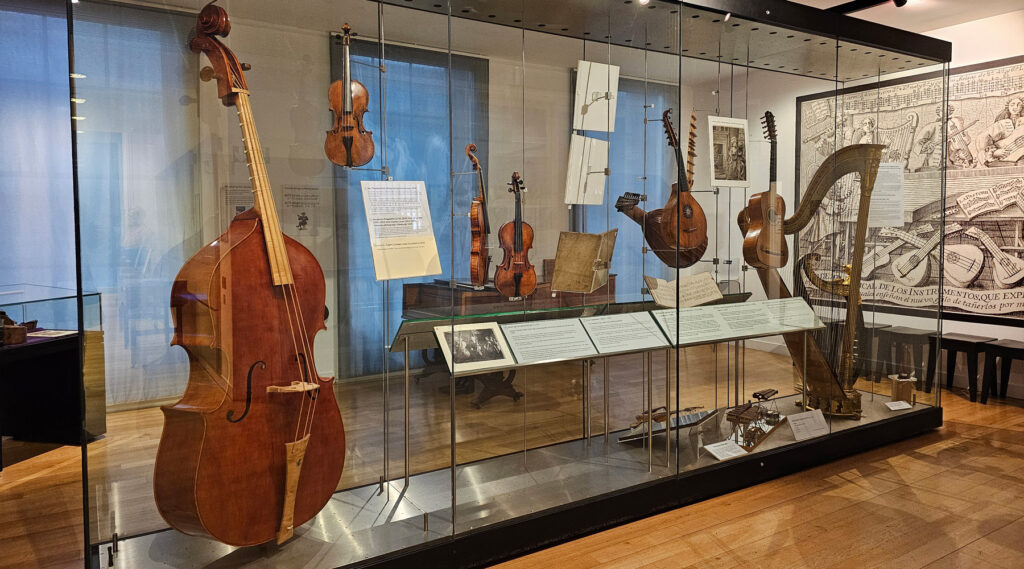
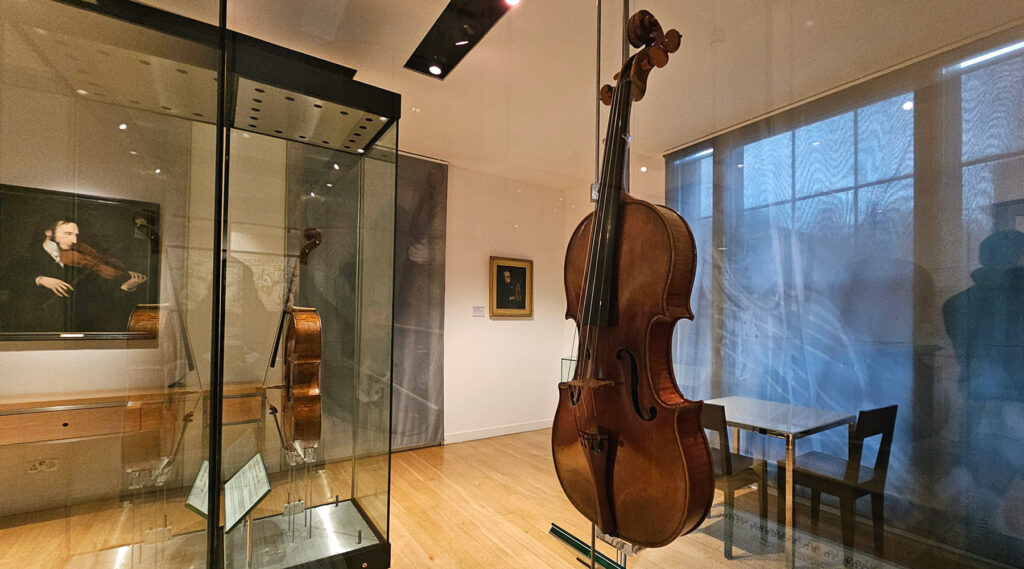
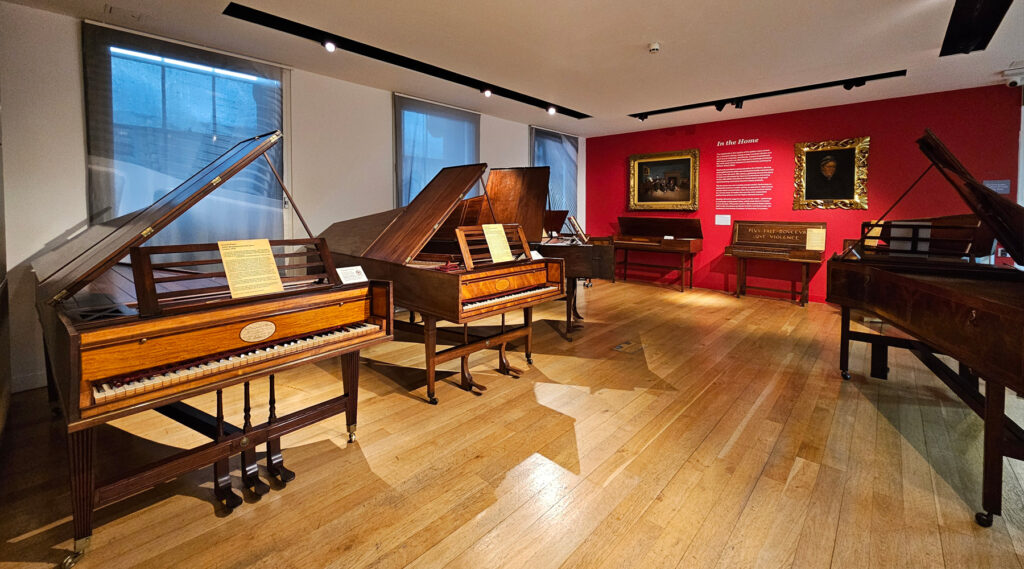
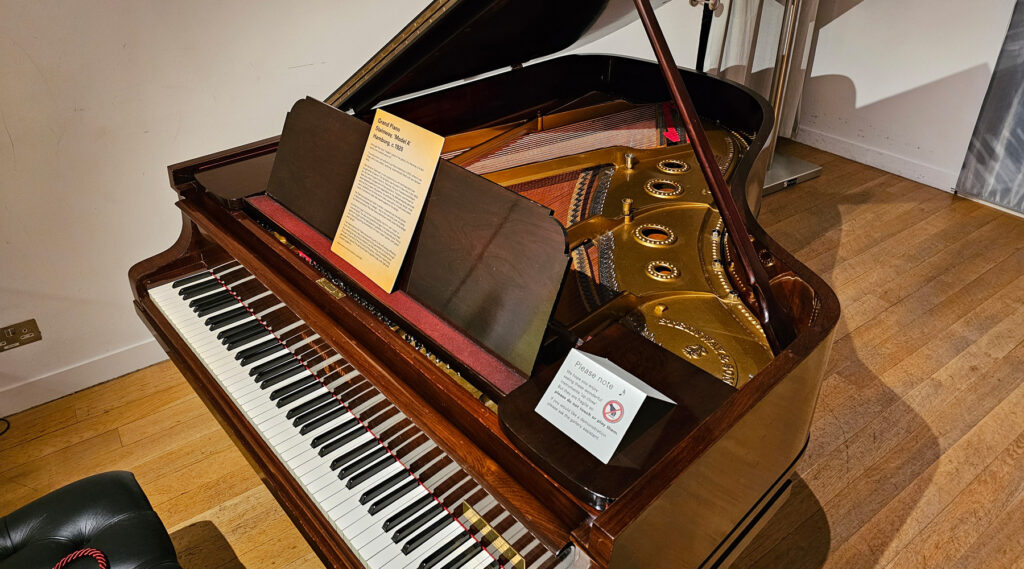
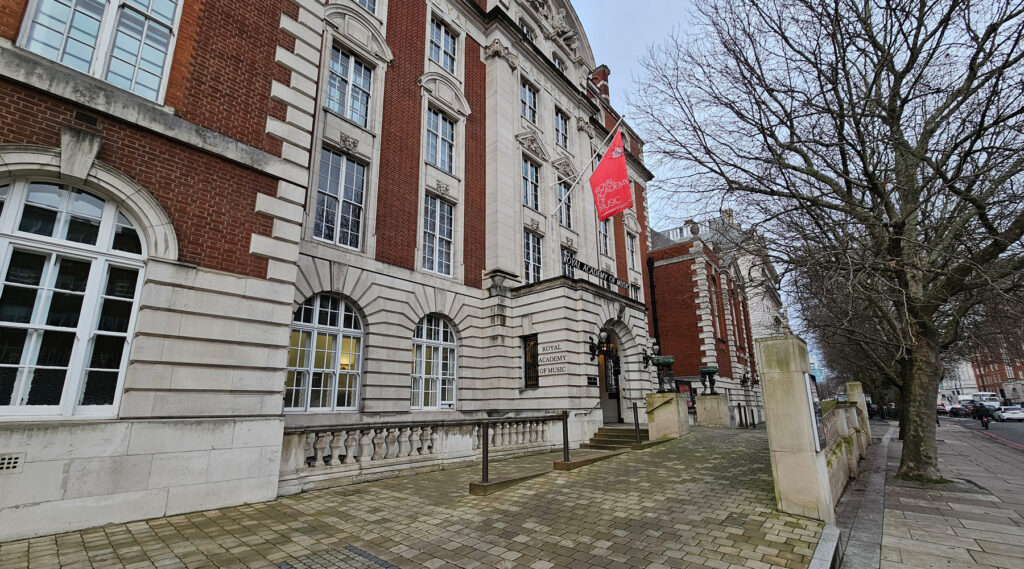






The Musée de la Musique in Paris has a fantastic collection and displays thousands of historic instruments. There is an audio tour which allows you to hear recordings of many of them being played.
Another similar museum of musical instruments is the enormous collection in the Hofburg in Vienna.
Years ago I got very upset when the enormous collection in the Victoria and Albert Museum was taken away – and I believe that can be seen now in the Royal College of Music. As well as the collection in Vienna, mentioned by Tom, one might visit the GRASSI Museum in Leipzig. This is one of the largest collections of musical instruments worldwide and contains the oldest dated clavichord (1543) and the oldest fortepiano in the world (1726) – yes that one of Bartolomeo Cristofori’s original pianos! By appointment, one can also visit the Hinrichsen Collection on the first floor – hundreds of keyboard instruments on display.
There is also an excellent collection of musical instruments in Bologna, which I visited last year. Here is an extract of the website:
“Opened in 2004 and housed in the 16th-century Palazzo Sanguinetti, the International Museum and Library of Music is located along Bologna’s central Strada Maggiore.
The exhibition itinerary unfolds amid rich 18th- and 19th-century frescoes in a palace that is among the finest examples of architecture from the Napoleonic and neo-classical period in Bologna. Through nine rooms, you can retrace six centuries of European music history, among over 80 ancient musical instruments, over a hundred portraits of illustrious personalities from the world of music, a rich collection of musical treatises, books, letters, manuscripts, opera librettos and autograph scores.